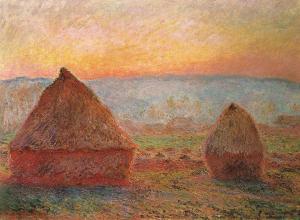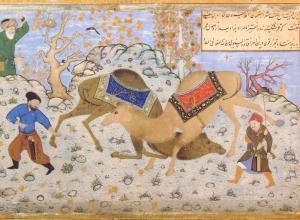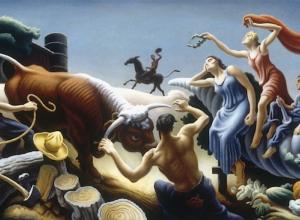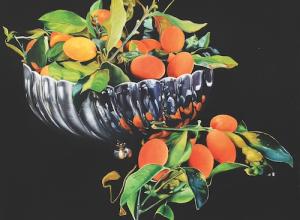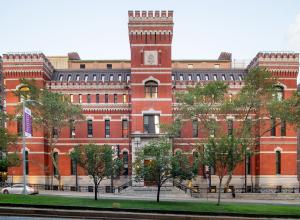Underwood continues to empower and inspire students, artists, and viewers with her innovative exhibitions, as well as through speaking engagements and outreach programs. Art & Object sat down with the artist to talk about her art and inspirations.
Megan D. Robinson: How did you choose textiles and fabric art as your artistic focus?
Consuelo J. Underwood: As a child, I realized that attire indicated class and cultural status. In Mexico, the lowest was the rebozo, which only an Indian woman, begging, would wear. In the U.S., it was the agricultural workers’ clothes.
I knew from day one, because of the former status I had as a farmworker, when others walked, I had to run, where others run, I had to fly, where others fly, I had to soar. I knew that to succeed and get out of the rut of agriculture and poverty and being anonymous, I had to play the game, I had to infiltrate. I realized in entering academia, that our culture is defined by our threads–as in “Nice threads!” And what we wear is literally made of threads.
Later, as a student in the late seventies, I was surprised that even in the crafts, textiles had a contextual hierarchy of rank and importance.









